Sherry and I are always adding to our Historical Fusions: Integrating Social Studies, Literacy, and Technology session and this book came up in a search.
Why I Finished It:
I’m not going to lie, this is a long picture book, but it is really interesting. I have learned about Lincoln and even taught Lincoln, but I had never heard of Detective Pinkerton. As I read, I constantly questioned why he wasn’t more well known. His story is nothing short of incredible. It is the “rags to riches” story, where a child born into slavery winds up working with the most powerful man in America. As you read how Pinkerton’s life unfolds, you learn a lot about the time period through the beautiful art by Jeremy Holmes and the events that occur. As I read, I immediately began a list of things I needed to look up and connections that could be made to other points in history. I must have taken about an hour to really enjoy this book, digest the text and study the illustrations. It was a hypnotic experience.
Who I Would Give It To:
This is a great addition to an upper elementary and secondary classroom that has a social studies interest.
Integration Ideas:
Theme and Character Analysis
Throughout the story, Pinkerton is described through his skill set: sharp eyes, keen mind, a passion for justice. I love it – mostly because it sounds a little superhero-like. While there are multiple themes, like in any story, justice seems to be the main focus in this text. Begin by having students explore the meaning of justice and times they have personally experienced justice. An idea for an essential question is:
- How does privilege influence justice?
Of course, as students read, they should be asking how Pinkerton seeks justice with evidence from the text.
Vocabulary in Reading – Word Choice in Writing
The vocabulary in this book is INSANE! Moss uses a variety of dynamic words that will definitely challenge the students’ vocabulary. Some of the words are content specific to history, others are just powerful words. A few examples from the text are: nuisance, sabotage, infiltrate, etc.
Since there are so many words, you can have the students app smash one of the vocabulary words that have the students read, write, listen, and speak the words. (Let us know if you’d like our App Smash session to come to your school).
The words used are high level, but they are also specific and well-chosen. In Writers’ Workshop, have the students analyze the specific word choice. One example: on page 14, Moss uses the word ambush. Write the sentence for the students ~ A group in Baltimore was planning to ambush and kill Abraham Lincoln on his way to being sworn in as president. Have students discuss the use of the word ambush. Ask students:
- What exactly does the word ambush mean?
- When have you heard it used before?
- Why did the author choose to use the word ambush, rather than attack?
Find other examples from the book and talk about the specific word choice. Next, have students emulate this in their own writing. Ask students to go to their own writing and choose a sentence to analyze for specific word choice. Students should work in small groups with the teacher and classmates to refine their thinking and choices.
Research, Social Studies, and Text-to-World Connections
As I mentioned above, there was a lot I did not know. Being a nerd, I immediately began researching. At the end, they mention that Pinkerton’s Detective Agency is still around. Have students research the history of Pinkerton’s detective agency.
When we teach history, we make sure to include opportunities for discussion of multiple perspectives and connections. This book lends itself to making text-to-world connections while engaging in deep literacy skills. There are so many different ways you can direct students through this critical thinking activity. You can guide them whole group, put them in small groups to investigate their own to present to the class, or even investigate alone with mentors from the community.
Connect the assassination plan with Ceasar’s assassination. On page 16, eight men choose to all shoot Lincoln at the same time. Have students investigate this idea and reasoning to compare and contrast with the plan to assassinate Ceasar.
Think about and connect the divisive times of Lincoln with divisive times of today. On page 18, Moss mentions that the nation was divided and there was a lot of anger. Have students research this moment in history and current divisions in the United States. Have students compare and contrast.
Pinkerton’s plan to save Lincoln involved being careful about information being leaked and coding his messages. Have students compare this moment with another time in history. Students would also probably enjoy research Morse code (pg 39).
Technology – Newspaper Heading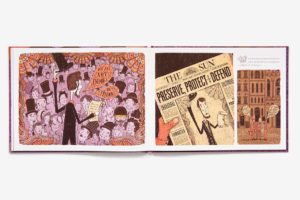
Throughout the text, Holmes provides newspaper headings of the time. Have students choose a historical moment to create their own newspaper heading. A project like this takes skill. Students have to think of a catchy title, subtitle, think of language during the time period, and consider media literacy techniques.
Before writing a headline, have students check out Today’s Front Pages, a sampling of current front pages of newspapers around the country. Consider audience – who is the article directed towards? What kinds of things are important to them? Look at regional bias – what do different parts of the country have to say about the same event? What is left out and why?
Once students have written their headlines, they can use the Newspaper Clipping Generator to create an image of their own newspaper! They can also include a short paragraph, which is a great opportunity to practice summary or retelling skills as well.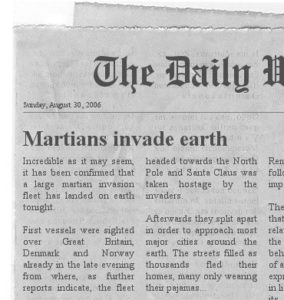

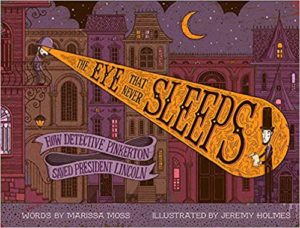

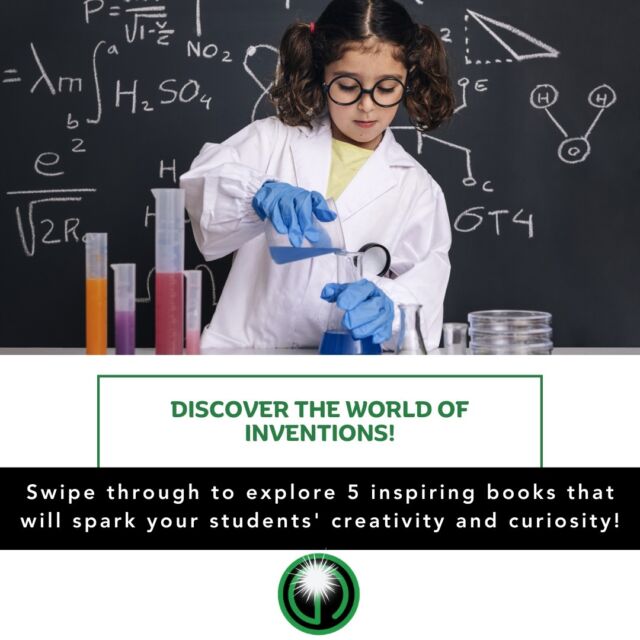
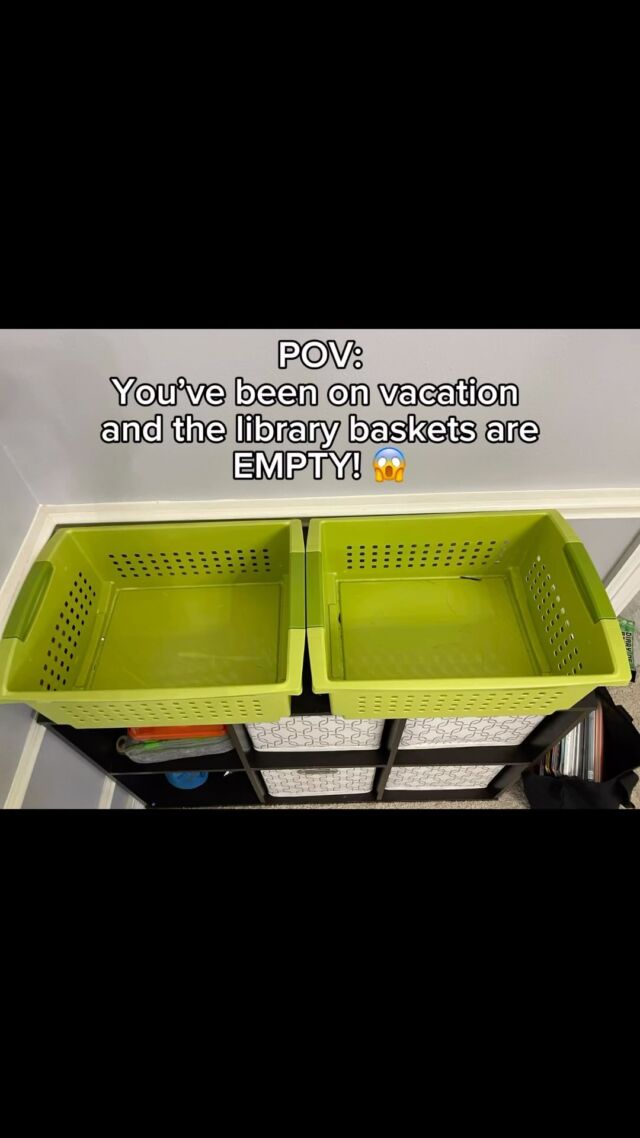
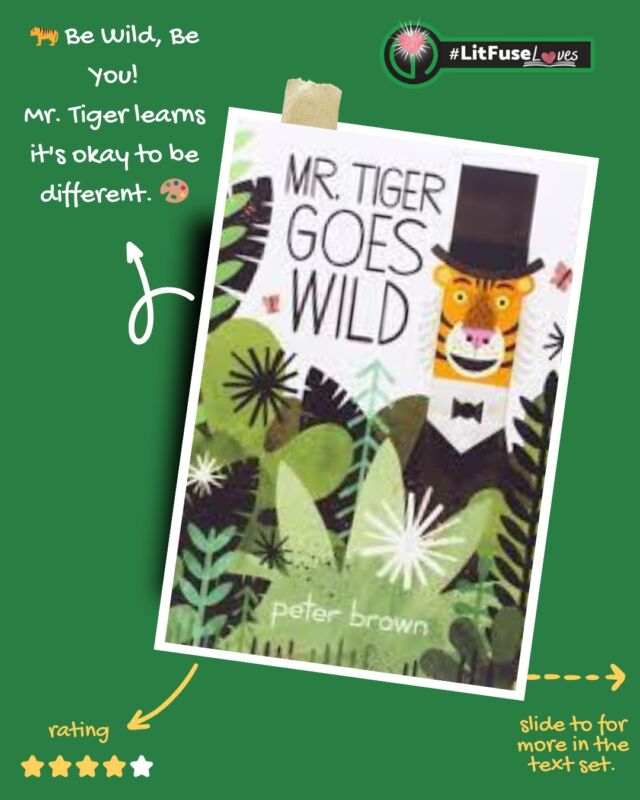
 Building Bridges: Creating a Text Set on Frie
Building Bridges: Creating a Text Set on Frie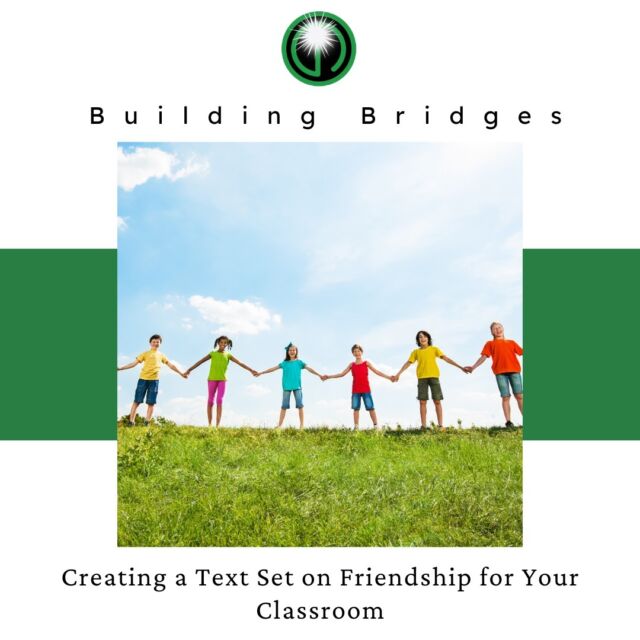
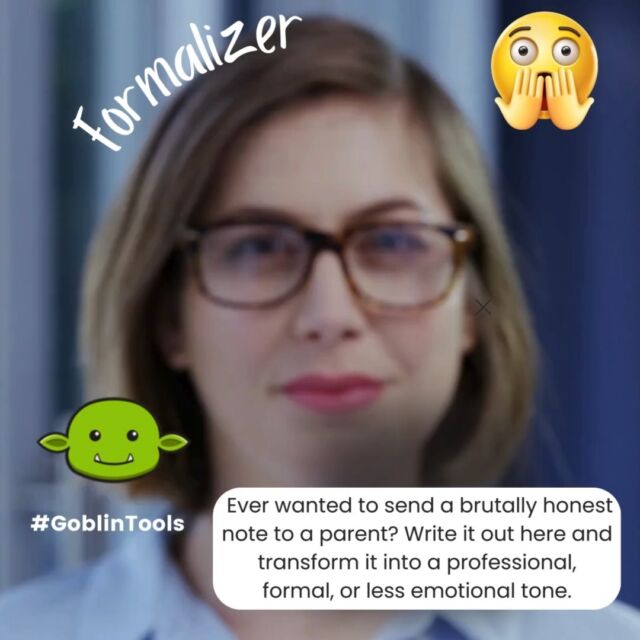
 Hey, amazing educators!
Hey, amazing educators! ![🌟 Hey, amazing educators! 🌟 Ready to kick off the school year with an engaging unit on rules and laws? 📚✨
We’ve picked some fantastic books to help your students understand why rules matter and how they shape our world. Check out these gems:
1️⃣ What If Everybody Did That? - Discover the hilarious and important reasons why rules matter.
2️⃣ Seven Rules You Absolutely Must Not Break If You Want to Survive the Cafeteria - Navigate the cafeteria with essential do's and don'ts.
3️⃣ A Bike Like Sergio's - Explore honesty and making the right choices.
4️⃣ Chairs on Strike - Learn about respecting classroom rules in a fun way.
5️⃣ Do Unto Otters: A Book About Manners - Embrace the Golden Rule with our otter friends.
🌟 Want more hands-on activities, vocabulary tips, and detailed descriptions of these books? Head over to our blog post for the full text set and loads of interactive teaching ideas! 🌟 [Link in bio]
💬 We’d love to hear your thoughts! Drop a comment below with your favorite book or share your own ideas on teaching rules and laws. Don’t forget to like and share this post with your fellow educators! Let’s make learning fun and meaningful together! 💖📖
#LiteracyAndLearning #RulesAndLaws #ElementaryEducation #BookRecommendations #ClassroomTips #EngagingLearning #StudentSuccess #TeacherResources](https://literaryfusions.com/wp-content/uploads/sb-instagram-feed-images/448980028_389914004085978_6215087207340322911_nfull.jpg)
 Exciting Book Review Alert!
Exciting Book Review Alert! ![📚 Exciting Book Review Alert! 📚
Hey there, book lovers and educators! 👋 We're thrilled to share a captivating book review that has us buzzing with inspiration. 🤩📖
📖 Book: "The Girl in the Red Skirt" by Lucy Cooley
📝 Review: [Link in Bio]
🌟 Rating: ⭐⭐⭐⭐⭐
In our pursuit of enhancing literacy and technology best practices in classrooms, we're always on the lookout for stories that ignite a love for reading and learning. "The Girl in the Red Skirt" is a must-read that masterfully combines the art of storytelling with an enchanting narrative.
📚 Review Highlights:
🔥 Gripping narrative that keeps you turning pages
🧠 Thought-provoking themes perfect for classroom discussions
💡 High level vocabulary
🙌 Empowering young minds through literacy
Swipe to catch a glimpse of the review or click the link in our bio to dive deeper into this literary gem. 📲💫
Educators, if you're looking for engaging material to inspire your students, this book is a fantastic addition to your reading list. 📚🍎
Let's transform the future of education together! 💡 If you're interested in our education consultancy services, feel free to reach out. We're here to help schools create enriching learning environments. 🏫👩🏫👨🏫
#LiteracyMatters #TechnologyInEducation #BookReview #EducationConsultants #ClassroomInnovation #TheGirlInTheRedSkirt #InspireLearning #ReadAndGrow #EducationForTheFuture](https://literaryfusions.com/wp-content/uploads/sb-instagram-feed-images/382394110_283049717946553_1109139895454642258_nfull.jpg)
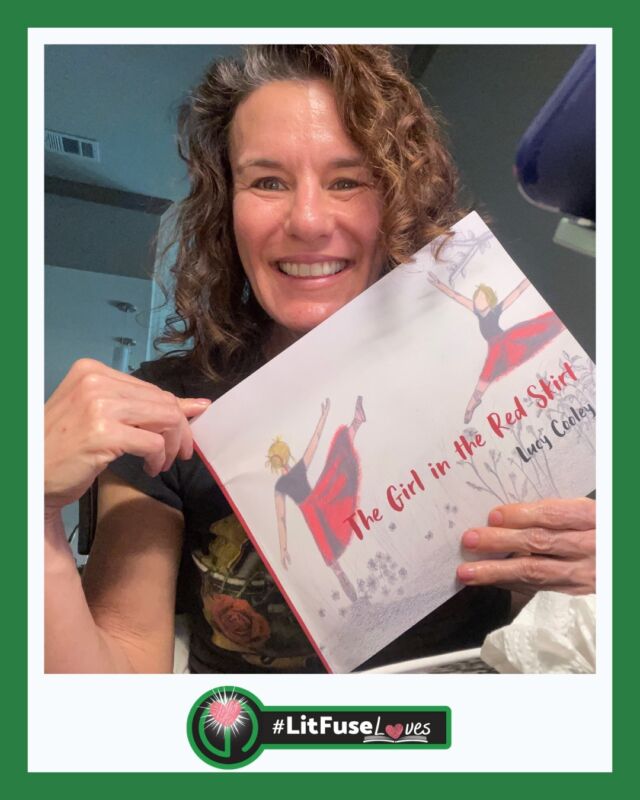

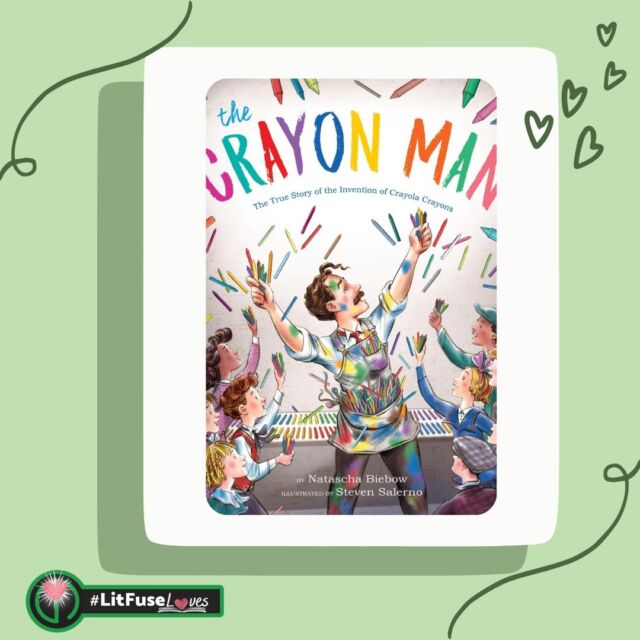

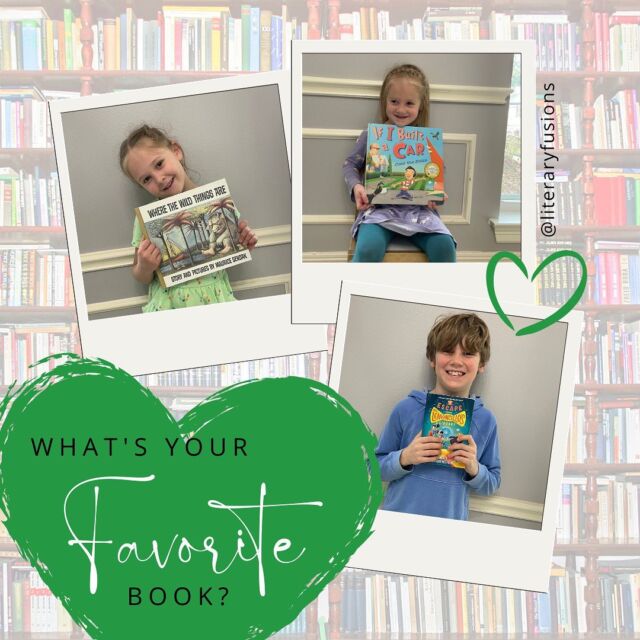



Leave a Reply